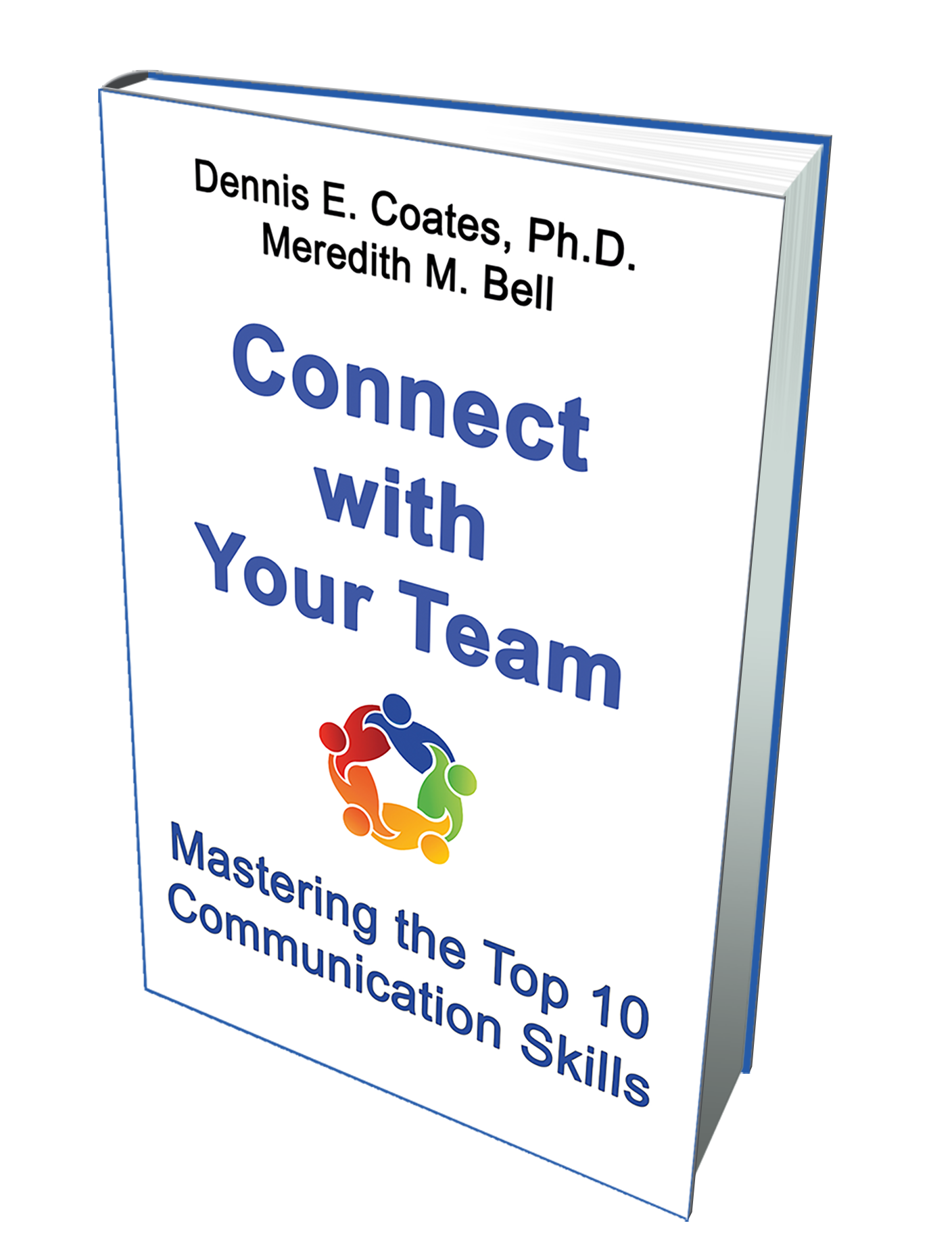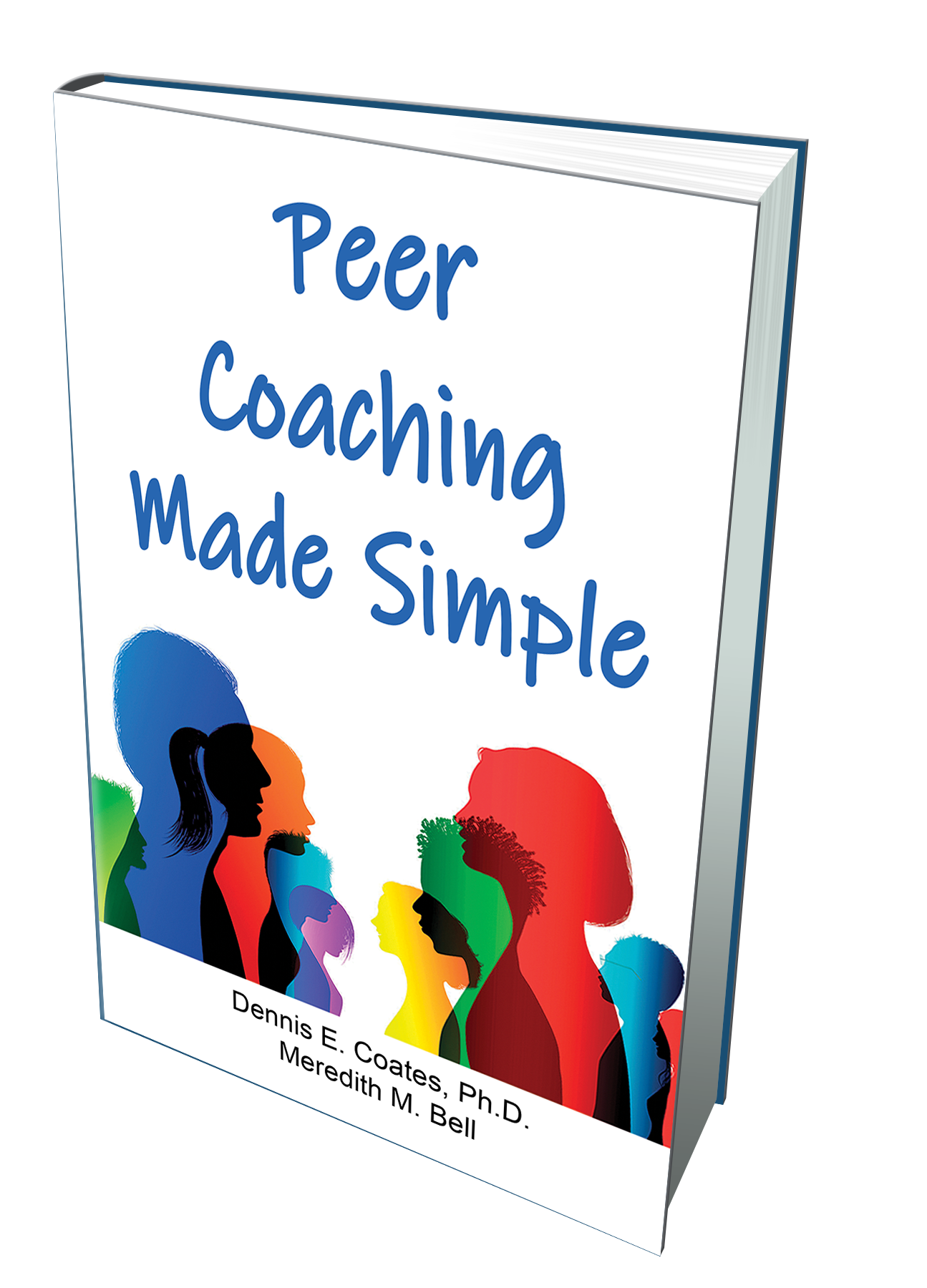
Lift People Up with Constructive Feedback
LIFT PEOPLE UP WITH CONSTRUCTIVE FEEDBACK
By Dr. Denny CoatesHave you ever noticed someone doing something ineffective, unauthorized, inconsiderate, dangerous, or even illegal? Maybe you felt the urge to confront them. Maybe you were so surprised and upset that you reacted emotionally, expressing your dismay with a harsh comment. In other words, with criticism, instead of constructive feedback.
“What do you think you’re doing?”
“Why did you do that?”
“That wasn’t very smart….”
“I’ve told you I don’t know how many times…?”
Nobody Is Perfect
While it’s perfectly natural to get upset with behavior that disappoints or offends you, people react badly to criticism. Sometimes a person has good intentions but has forgotten what is expected or is so distracted that they make a mistake. No one is perfect. Also, criticism fails to acknowledge the possibility that the person you’re trying to correct may well “get it right” most of the time. So it’s human nature for the recipient to resent the implication that they are inadequate or flawed in some way. This is why criticism is usually perceived as a personal attack rather than helpful input.
And yet, pointing out problem behavior is almost always the responsible thing to do.
Begin and conclude your feedback with positives. This is what makes feedback constructive.
What’s needed is a way to communicate the kind of feedback that inspires someone to do their best. Because it purposefully reinforces the other person’s strengths, this approach is called constructive feedback. It goes like this:
- Pause before reacting: “When you feel upset and want to criticize, take two deep breaths. That short pause helps you respond calmly so the other person stays open to hearing you.”
- Lead with a positive: “I’ve noticed how effective you are when speaking with our clients. That confidence builds trust and makes them eager to work with us.”
- Describe the problem behavior: “This morning I overheard you explaining our onboarding process. Instead of describing how we do it, you focused on the problems with other approaches, which could leave clients unsure about our own value.”
- Conclude with the consequence: “When negatives are emphasized, customers may feel confused or even doubtful. Clear, positive explanations keep their confidence strong.”
- Respond with listening: If the person reacts strongly to your feedback, take time to listen and understand their perspective. This shows respect and often helps them accept your input more fully.
- State the behavior you want: “I’ve seen you get excellent results when you spotlight our innovative approach. When you do that, customers quickly see the advantages of choosing us.”
- Finish with encouragement: “Yesterday I heard you highlight how our onboarding process saves clients time, and you explained it with real enthusiasm. When you focus on our strengths, customers feel confident they made the right choice with us.”
The "Feedback Sandwich"
The idea is to begin and conclude your feedback with positives. This is what makes feedback constructive. With practice, constructive feedback will become your go-to alternative to criticism.
You can learn more about listening to understand and constructive feedback —two very powerful skills described in the how-to book, Connect with Your Team: Mastering the Top 10 Communication Skills.











